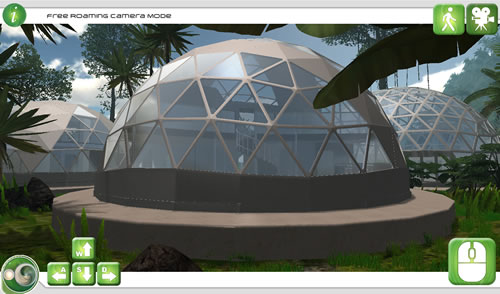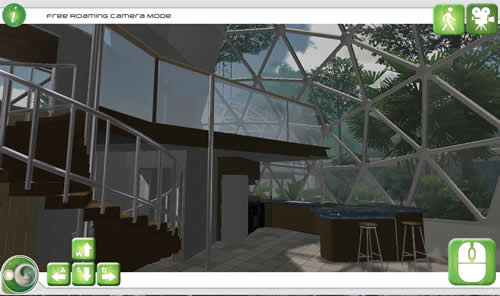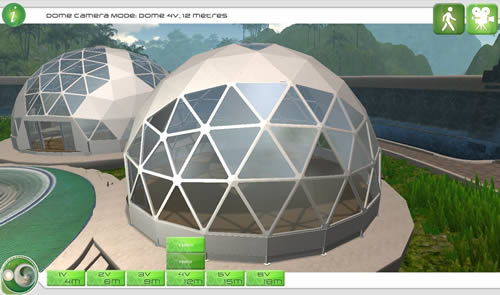- PO Box 989 Mullumbimby Contact us
- Call Us: +61 2 6684 3173
Aquaponics Systems And Their Unparalleled Efficiency
Aquaponics systems were designed with utmost efficiency in mind. As we speak, distinguished people all over the world are racking their brains for ways of improving the efficiency of aquaponics systems further. Considering that the most basic aquaponics systems are 75% more efficient than conventional farming methods, the sky is the limit when it comes to improving the efficiency of aquaponics systems. An aquaponics system is a food production system that integrates both aquaculture (the culture of fish) and hydroponics (the culture of vegetables lacking in soil). There are various ways that efficiency is achieved in aquaponics systems.
Recirculation of Water Throughout The Aquaponics System
The most evident indicator of efficiency in an aquaponics system is the re-circulation of water throughout the entire system. Unlike traditional farming methods where water has to be discharged and exchanged during normal operation, water in an aquaponics system circulates over and over again. As you can expect, there will be negligible amounts of water loss through processes such as evaporation and displacement. Nonetheless, this is a drop in the ocean compared to the copious amounts of water that is wasted in majority of the conventional farming methods. As you can expect, aquaponics systems are said to save up to 90% of water compared to these conventional farming methods. Moreover, lower energy will be required to heat this continuously flowing water.
Strategic Placing Of Pumps And Motors
Beside labor, energy is the largest cost incurred by farmers. In aquaponics systems, labor costs are reduced by half owing to their self-sustaining nature. When it comes to energy, strategic placing of pumps and motors in the systems go a long way in keeping a check on costs. Strategic placing of pumps helps reduce the number of pumps which in turn translates to lower energy bills. Gravity plays a major role in the strategic placement of pumps and motors. There are other ways of reducing energy costs such as using larger efficient pumps and motors instead of smaller and inefficient ones. Small and inefficient pumps and motors are not only unreliable but also create the need for cooling which in turn increases the energy bills. Unreliability in aqupaonics systems is completely out of the question considering faults that last seconds can have dire consequences. When you find yourself adding cooling expenses to heating expenses in these systems, you are certainly doing something wrong.
Efficiency In Lighting
Efficiency in lighting an aquaponics system is achieved more distinctly when the system is housed in a greenhouse. This way, alternative types of lighting such as high intensity discharge, light emitting diodes and light emitting plasma can be used. Reflectors come in handy especially when there is need for uniform lighting and growth of plants in the hydroponics spread over an expansive region. High intensity discharge through high pressure sodium is considered the most efficient lighting as wavelengths close to the optimal ones needed by plants in the aquaponics system are emitted.
Improving Efficiency Further
There are many people who are continuing to explore ways of improving efficiency in aquaponics systems further. For example, some people have used biogas in place of expensive electricity to supply energy needed. Research on alternative forms of energy that can be used in these systems is underway.
Download the Sustainable Domes Walkthrough app now - just like our facebook page and look for the details.
15m Residential Dome

15m Residential Dome Internal

12m and 15m Residential Domes


